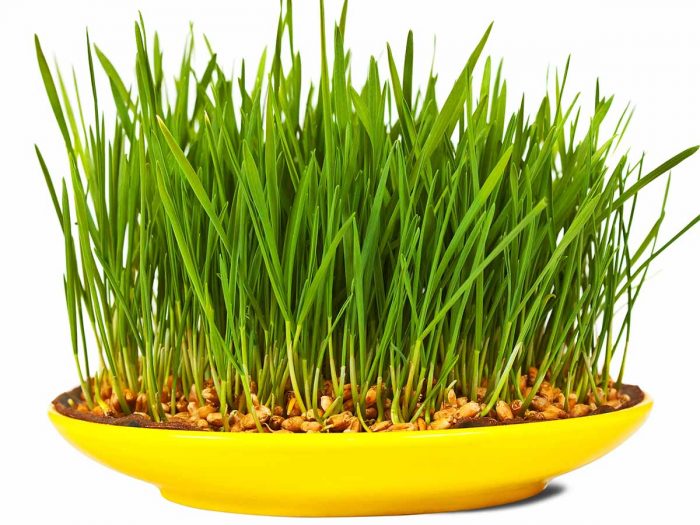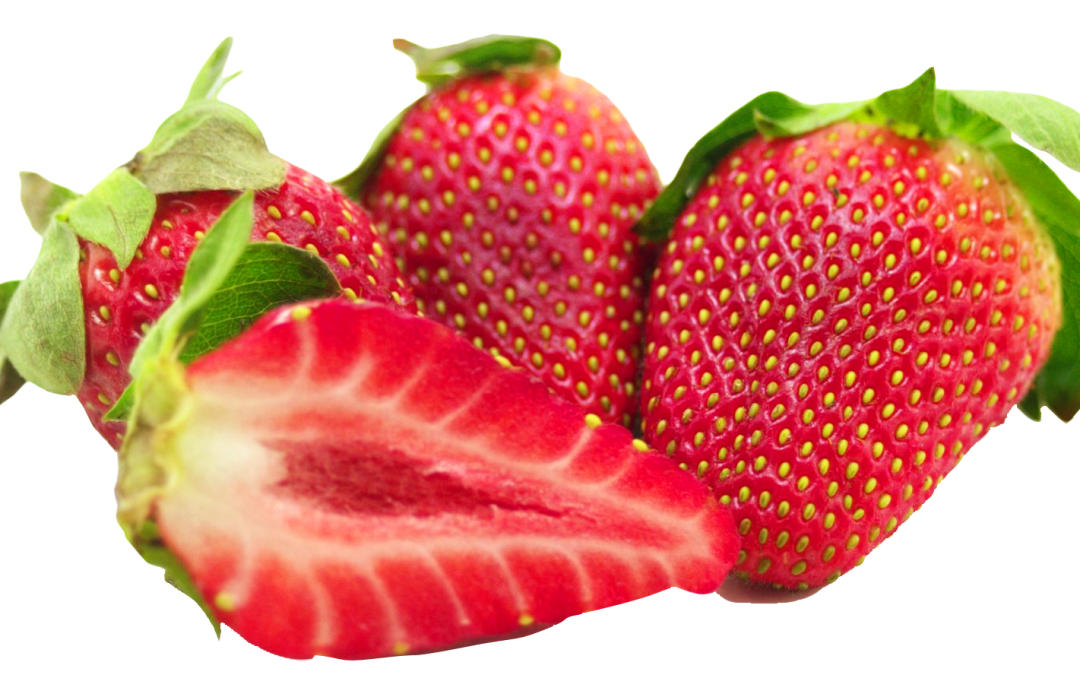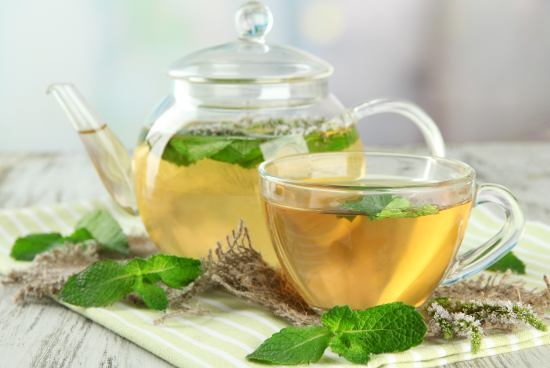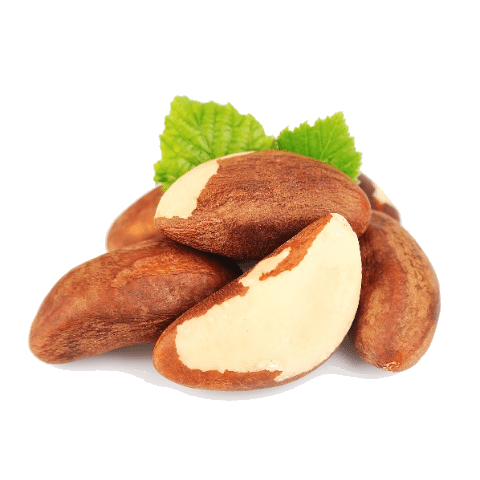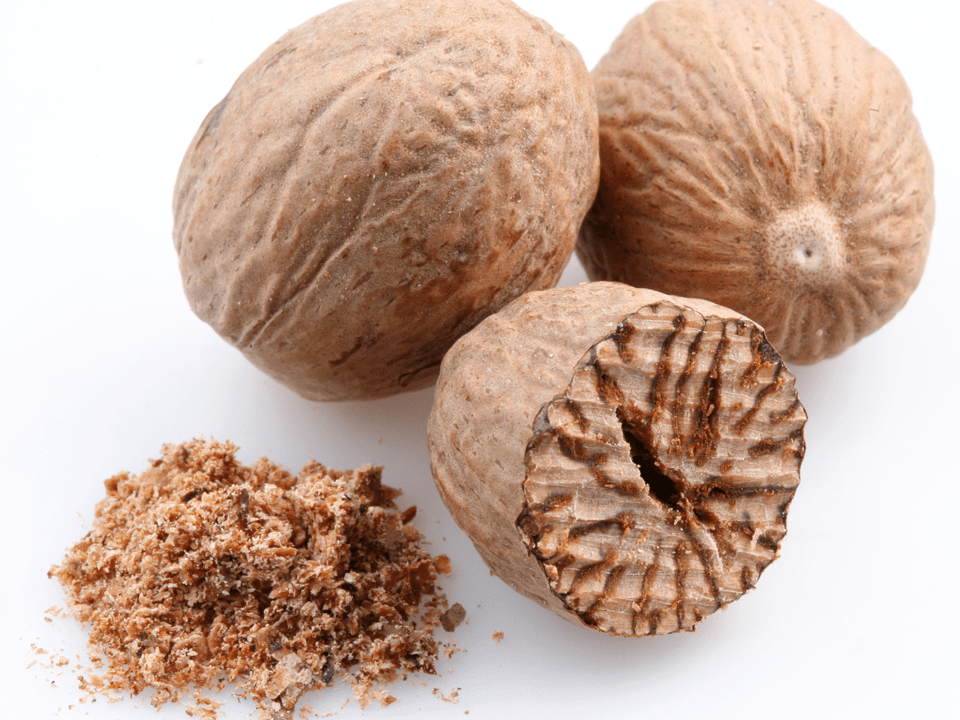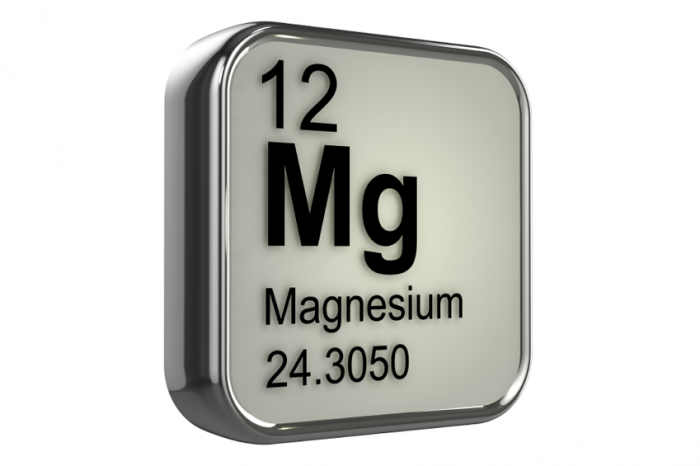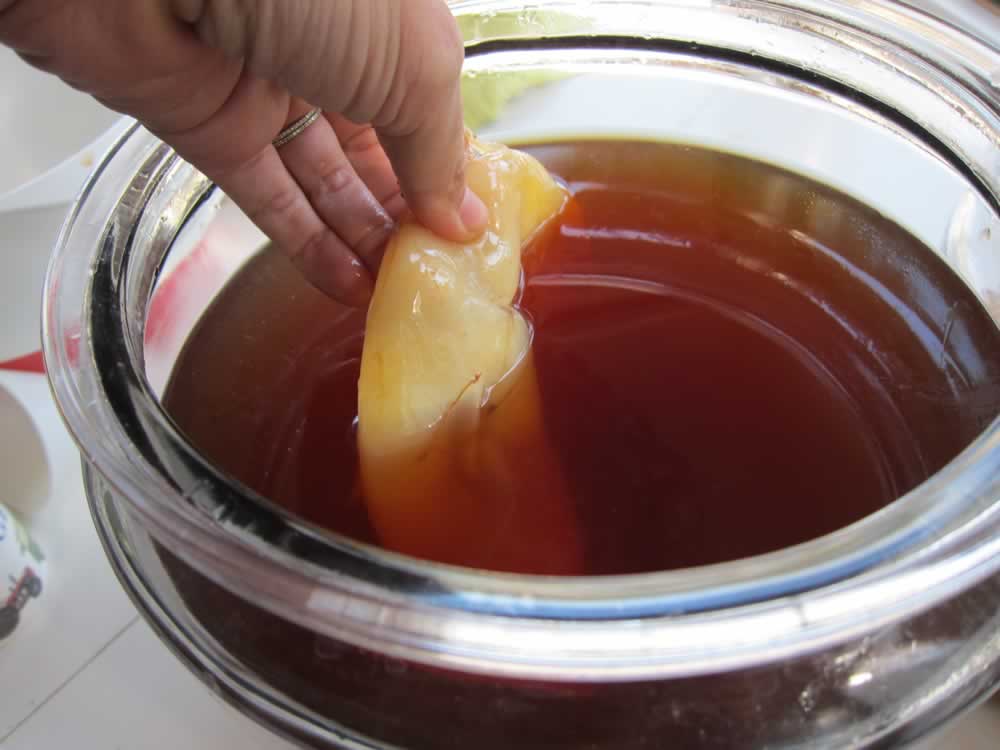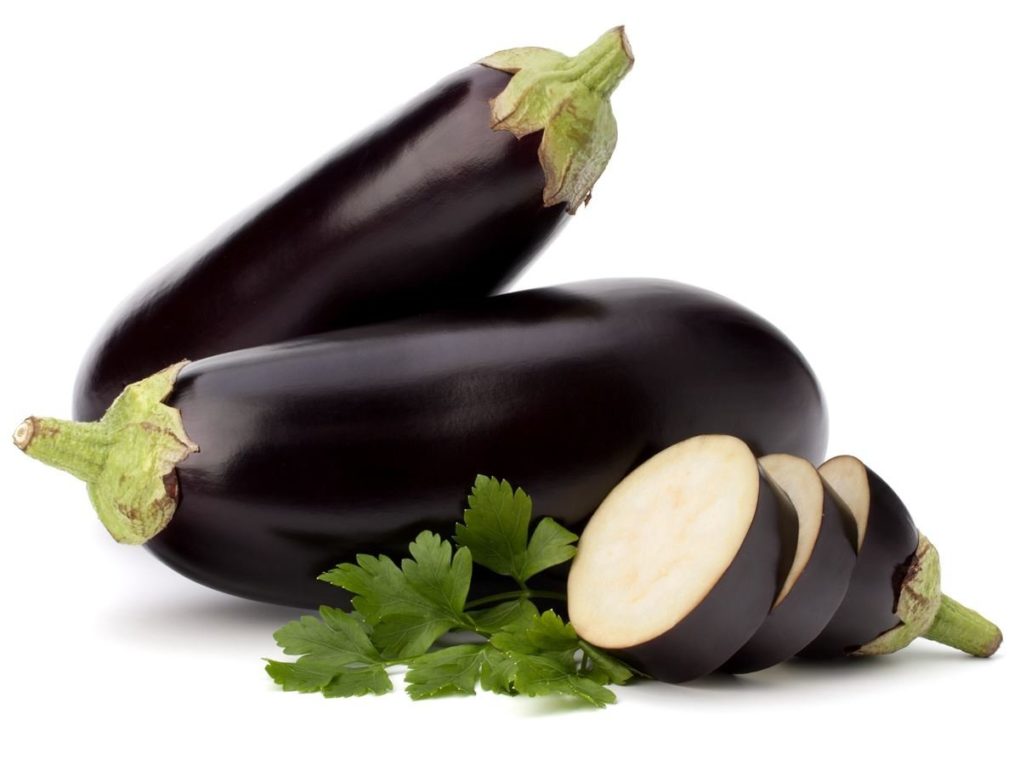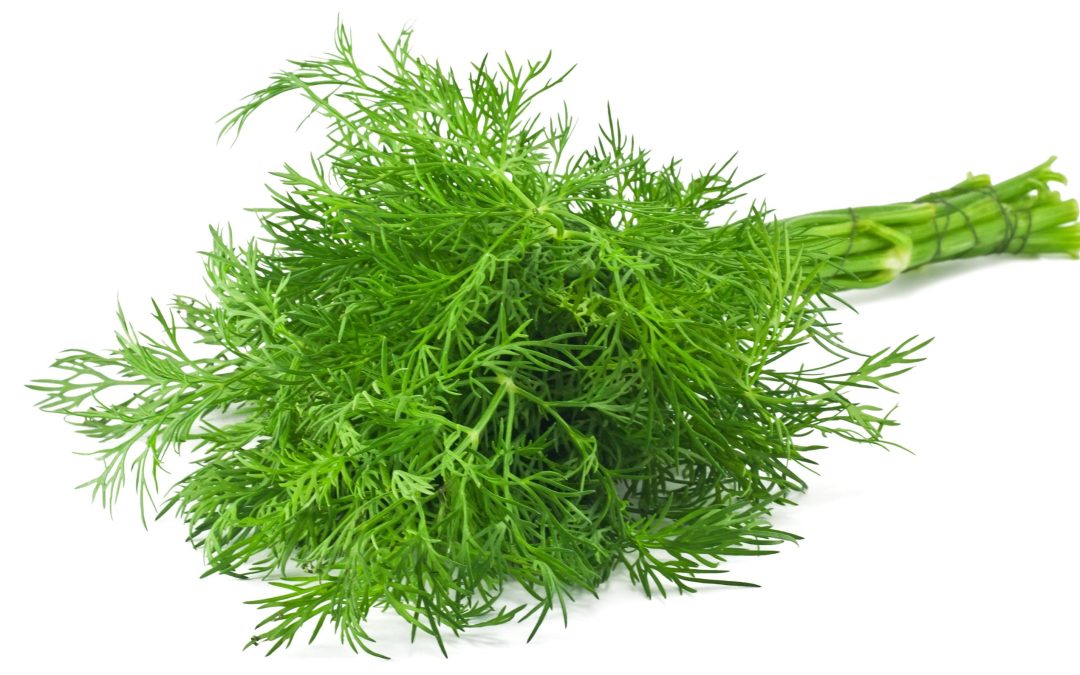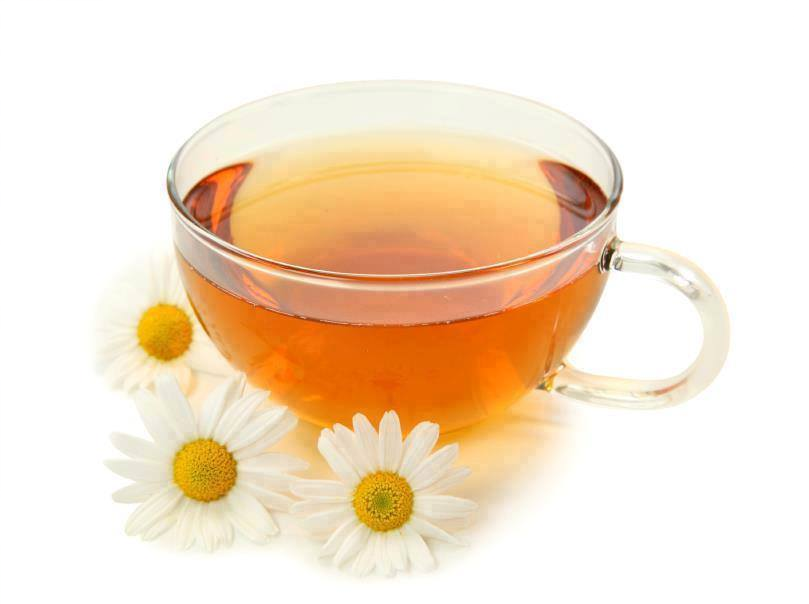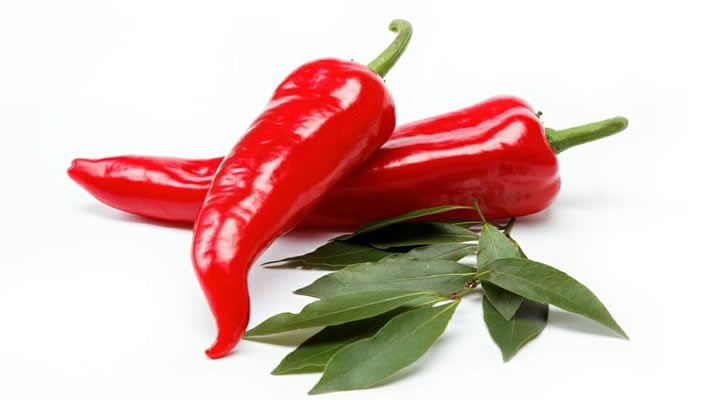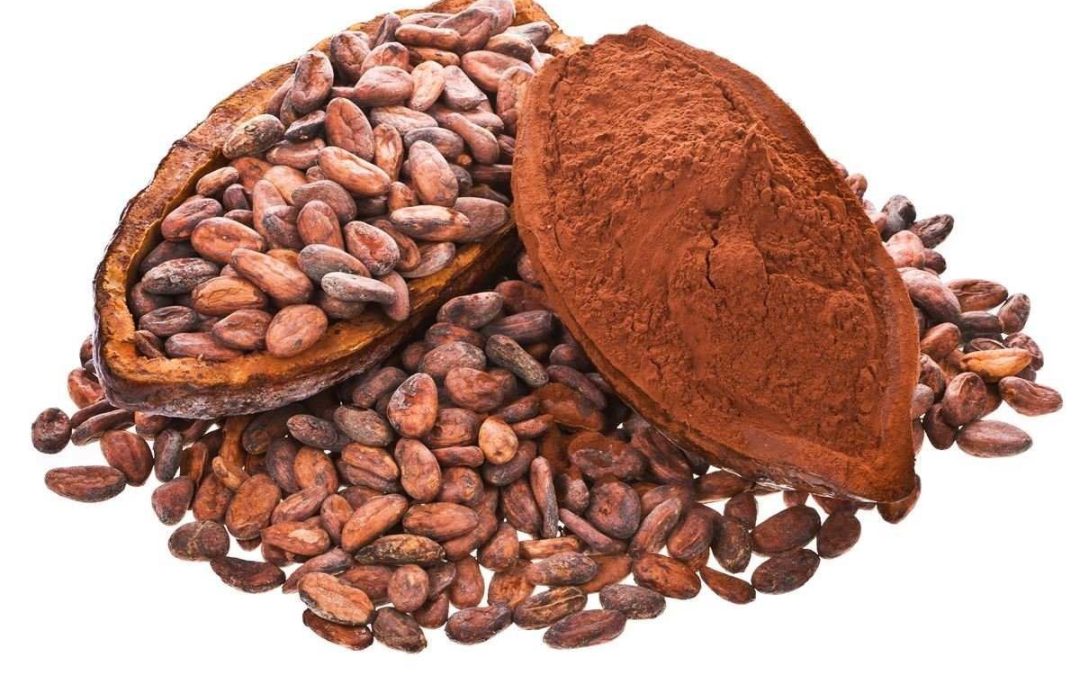Taraxacum
Dandelion flowers
- Scientific name: Taraxacum officinale W.
- Other names: Taraxacum, Taraxacum vulgare
- Acaulescent herbaceous, vivacious, from the Compositae family, has a long tap-root, highly variable plant, perennial up to 40 cm high.
- The stems support the flowers without leaves. Basal leaves in rosette, ranging from the entire ones to the divided in triangular lobes and usually with winged petiole. Yellow buds up to 6 cm with long ligules and well marked bracts, with the outer curved back. The rosettes of cultivated varieties are much larger and can reach up to 50 cm in diameter.
- The parts used are the leaves and the dried root harvested before flowering.
- It grows in temperate regions of Europe and Asia. It is considered a weed and grows along roadsides, meadows and dry pasture.
Content and active ingredients
Roots:
- Sesquiterpenes (bitter substances): taraxacin, germacranolides.
- Triterpenes and sterols: beta sitosterol glycosides, taraxasterol, arnidol, faradiol.
- Flavonoids: apigenin glucoside, luteolin glucoside.
- Abundant mucilage and potassium salts.
- Inulin (2% increasing to 40% in fall)
Leaves:
- flavonoids
- coumarins
- vitamins B and Vitamin C.
Health benefits of Dandelion
- Its main pharmacological action is cholagogue (diuretic, hepatic renal drain).
- The bitter principle is stimulating of the appetite and eupeptic; polyphenols are responsible for its choleretic and diuretic actions (action enhanced by inulin and potassium salts).
- It is a mild osmotic laxative because of the inulin.
Indicated in:
- Dyspepsia, urinary tract infections, complications of liver and gallbladder bile,loss of appetite.
- It is also used in hemorrhoids, gout, rheumatism, eczema and other skin conditions and to fight the formation of kidney stones. Diabetic infusion is prepared from the roots and leaves.
- In Chinese medicine is indicated in acute mastitis, urinary disorders and agalactia (lack of milk after childbirth)
- In Hindu medicine is used for chronic ulcers, tuberculosis, flatulence, colic, kidney disease, gout, jaundice and gallstones.
- For their purifying properties and hepatoprotective can be used to remove toxins from the blood and protect the liver from degeneration caused by food poisoning or chemical.
- Apart from its diuretic properties, dandelion is an edible wild plant with very prominent appetizing properties, when taken in combination with other vegetables or wild plants in salads, in which case greatly improves digestion. The flower buds before opening and prepared in vinegar are delicious and appetizers. Indicated in cases of lack of appetite or eating disorders like anorexia.
- Due to the amount of iron of the leaves it may be used for recovery of anemic.
- Its content of helenin and vitamin A stimulates the uptake of light and is used in the treatment of night blindness.
Warnings & Contraindications
- Its use is contraindicated in bile duct obstruction and empyema (accumulation of pus) in the gallbladder. The physician should be consulted if is necessary the presence of bile supplements.
- The latex of the fresh plants can cause contact dermatitis.
- May cause gastric hyperacidity due to the stimulating effect of gastric secretions, in these cases is recommended to use it along with a mucilaginous drug as the marshmallow. The drug has a low potential for sensitization reactions.
- For its diuretic effect should always be consulted with your doctor if you suffer from hypertension or heart disease, given the possibility of occurrence of a tension decay.
Preparation and dosage
Internal use:
- Infusion: take 1 or 2 teaspoons of finely split plant with 150 ml of boiling water. Stand for 15 minutes, strain and drink hot.
- Decoction (roots and leaves): one tablespoon per cup, boil two minutes. Three cups a day before meals.
- Tincture (1:10): 10 to 15 drops three times a day. Take a fresh cup of tea in the morning and afternoon.
- Extract: Mix chopped root portion with 8 parts of water and a part of alcohol (vodka)
- Dry extract (5: 1): 0.5 to 2 g per day (1 g is equivalent to 5 g of dried plant).
- Fresh root juice: one to two tablespoons a day, along with an infusion.
Whilst Dandelion is NOT strictly a food and more of a herb, indigenous people eat the leaves regularly.
Eating and Preparation
- Dandelion, like other wild greens, can be prepared in a variety of ways.
- They can be sautéed in oil — for use in casseroles, for example — or eaten raw in salads and sandwiches.
- The Academy of Nutrition and Dietetics does note, however, that wild greens can have an overpowering flavour and should be taste-tested beforehand.
- Dandelion retains its health benefits whether consumed raw or cooked.
- It must be noted however, if you are STILL on medication, that wild greens such as dandelion are high in vitamin K, which can make the blood clot faster. If you’re taking blood-thinning medications, you should consume wild greens in careful moderation and only with your doctor’s knowledge.




